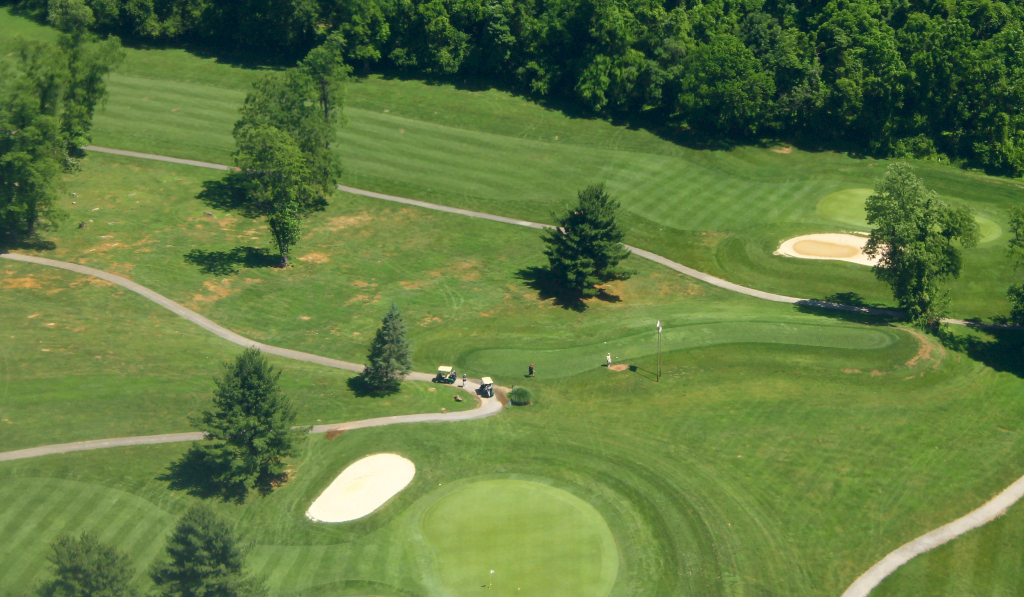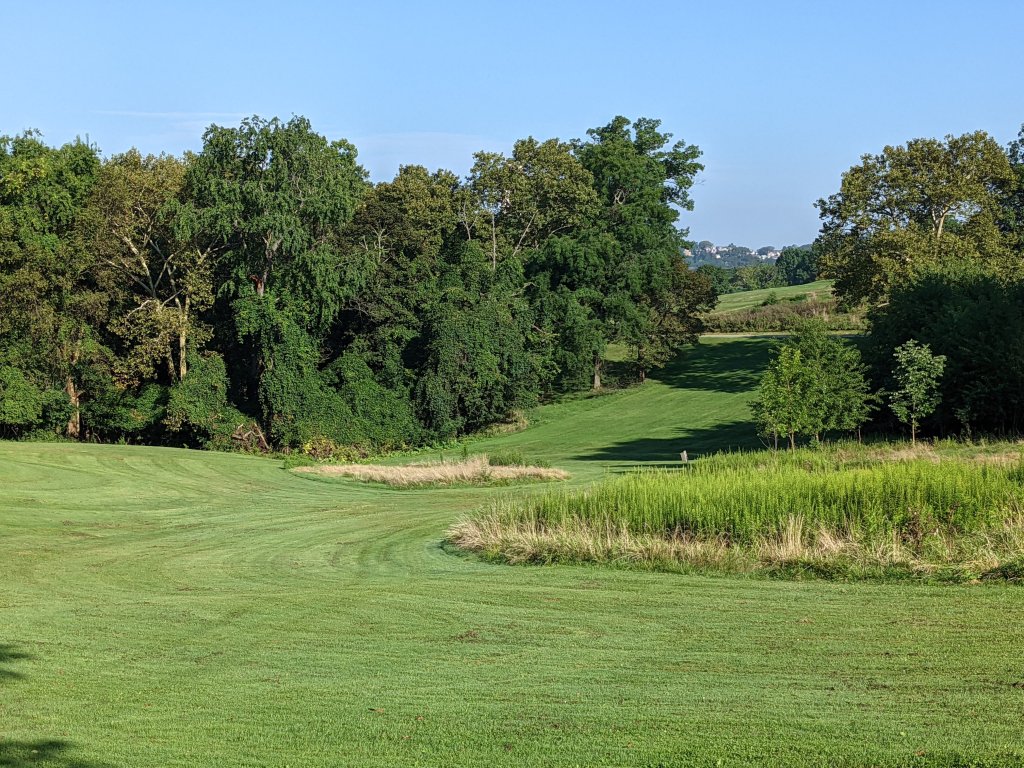
26 August 2021
When I wrote on Tuesday about non-functional grass in Las Vegas, several of you remarked on the Valley’s many golf courses that use so much water. Should they be considered non-functional grass?
Since I’m a birder and not a golfer I would view golf courses as “non-functional” except that some are very good for birds. Courses managed for low chemical use, clean water, and interspersed wildlife habitat are great for birds, especially when their location is an oasis in the midst of other land uses. Courses can achieve these goals and be recognized for their efforts through the Audubon Cooperative Sanctuary Program for Golf Courses.
The Bob O’Connor Golf Course in Schenley Park, affectionately known as The Bob, is just such an oasis. Audubon certified since 2012, the course is savanna habitat interspersed with thickets and bordered by forest and residential neighborhoods.

I see birds at The Bob that are hard to find elsewhere including nesting orchard orioles, barn and tree swallows following the mowers, and merlins in winter.
Read about The Bob’s bird amenities in The Rough is For the Birds. It’s one of only six Audubon certified golf courses in the Pittsburgh area.
- The Bob O’Connor Golf Course (also called The Bob), Pittsburgh
- Brightview at Youghiogeny Country Club, McKeesport
- Butler’s Golf Course, Elizabeth
- Cranberry Highlands Golf Course, Cranberry Twp, Butler County
- Diamond Run Golf Club, Sewickley
- Treesdale Golf and Country Club, Gibsonia
Birds will tell you these golf courses are functional.
(photos by formulanone via Flickr Creative Commons license and Kate St. John)